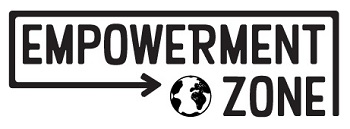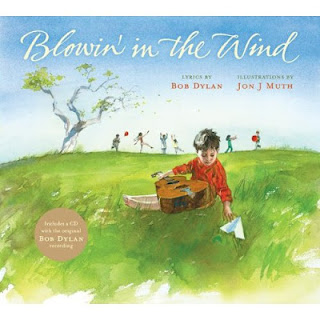 |
| Musq - winner of the 2012 Natural Beauty Award for best foundation |
Our international Women's Day offer to receive 25% off
all our Mineral Makeup has ended
to be sure you hear about our next special offer!
Millions of
women in Australia and around the world are ditching the chemicals found in
conventional cosmetics in favour of beautiful natural products that are better
for your skin, your health and the environment! Are you joining
them? Today’s mineral makeup foundations provide beautiful results and the
formulations are so advanced you won’t miss those nasty petrochemical-based
products one bit!
In our busy
little mineral makeup corner of the store, the question most often
asked is how to choose the right mineral foundation. Would I be best
with a cream, liquid or powder? What colour best matches my skin?
Prepared by
Biome's mineral makeup expert, here's a helpful guide to foundation perfection.
1.
Choose your formulation - Cream, Liquid or Powder?
Choose the
correct formulation for your skin’s needs.
 |
| One of our most popular powders |
|
|
Oily - Powder
On Oily
skins powder helps to eliminate excess moisture and give a flawless, shine-free
finish.
Oily skins can
sometimes use a liquid foundation, but must be sure to powder well to stop the
makeup ‘sliding’. Touch ups with powder during the day are also a great idea to
keep you looking polished.
Pro Tip:
Try using a Rose Water or Hydrosol spray like Mokosh hydrosol toner after powder foundation application to
help ‘set’ the makeup. This will create a gorgeous ‘natural skin’ look.
 |
| Sante cream foundation |
Dry - Liquid or Cream
Choose
Liquid or Cream foundations for their hydrating properties. Powders can
be drying on this skin type, causing a rough, or chalky appearance. If you
would like to use a powder foundation, just be sure to prepare your skin
accordingly. It’s important to exfoliate and moisturise well.
Pro Tip:
For longer wearing makeup and a more polished look, apply a light dusting of
powder after your foundation. A light spray of rose water or hydrosol will help
set the look.
 |
| Musq mineral powder foundation |
Combination - Powder or Liquid
Combination
skins can use either a powder or a liquid foundation. Powder
foundations are great for combination skin as they help to absorb any excess
oil and combat unwanted shine. The trick here is to apply more coverage in your
oilier zones while using more sparingly in other areas.
Pro Tip:
When using liquid foundations, those with combination skin should apply a
dusting of powder, focusing on their oily zones, after their foundation to
prevent the makeup from ‘breaking up’ in their oiler zones later in the day.
2.
Choose your shade – Know your Skin Tone and Depth
Is your skin Fair, Medium or Deep? Remembering that
this may vary in Summer and Winter.
Secondly, is
your skin tone Cool, Warm or Neutral?
Cool: You have blue/green
eyes, may sunburn/freckle easily, your natural hair colour is blond/light
brown, you look good in bright pinks, fuschia and muted browns.
Warm:
You
have brown/hazel eyes, tan easily, have brown or darker hair, your
skin has a slightly yellow/golden tone, you look good in rich browns and navy.
Neutral : If you have two or
more characteristics from both Warm and Cool then you are most likely a neutral
skin tone.
For example, if you have Fair skin with Cool tone, recommendations for you are Inika Liquid: Cream; Inika Powder: Grace, Nurture, Unity, Strength; Musq Cream: Kalahari; Musq Powder: Kalahari; Sante Liquid: No. 1.
3. Try them on!
To get the
most accurate colour match, always test makeup on your face rather than your
hand or wrist.
Try at least 3 shades. Pick out the shade that you
think most suits your skin tone and then pick one shade lighter and one shade
darker.
Apply the
makeup using brush/cotton tip on clean skin. At your outer jawline (just in
front of your ear) use your brush/cotton tip to make a vertical ‘stripe
of each shade. Work it into the skin slightly as you would when applying to
your full face. This area of
your face is perfect for testing foundation because you can see how the makeup
affects any pigmentation, your overall skin tone and ensures it will blend into
your neck seamlessly.
The aim here
is to find a shade that is almost undetectable. If you’ve got the coverage you
need and you can’t see it on your skin, you’re onto a winner!











































